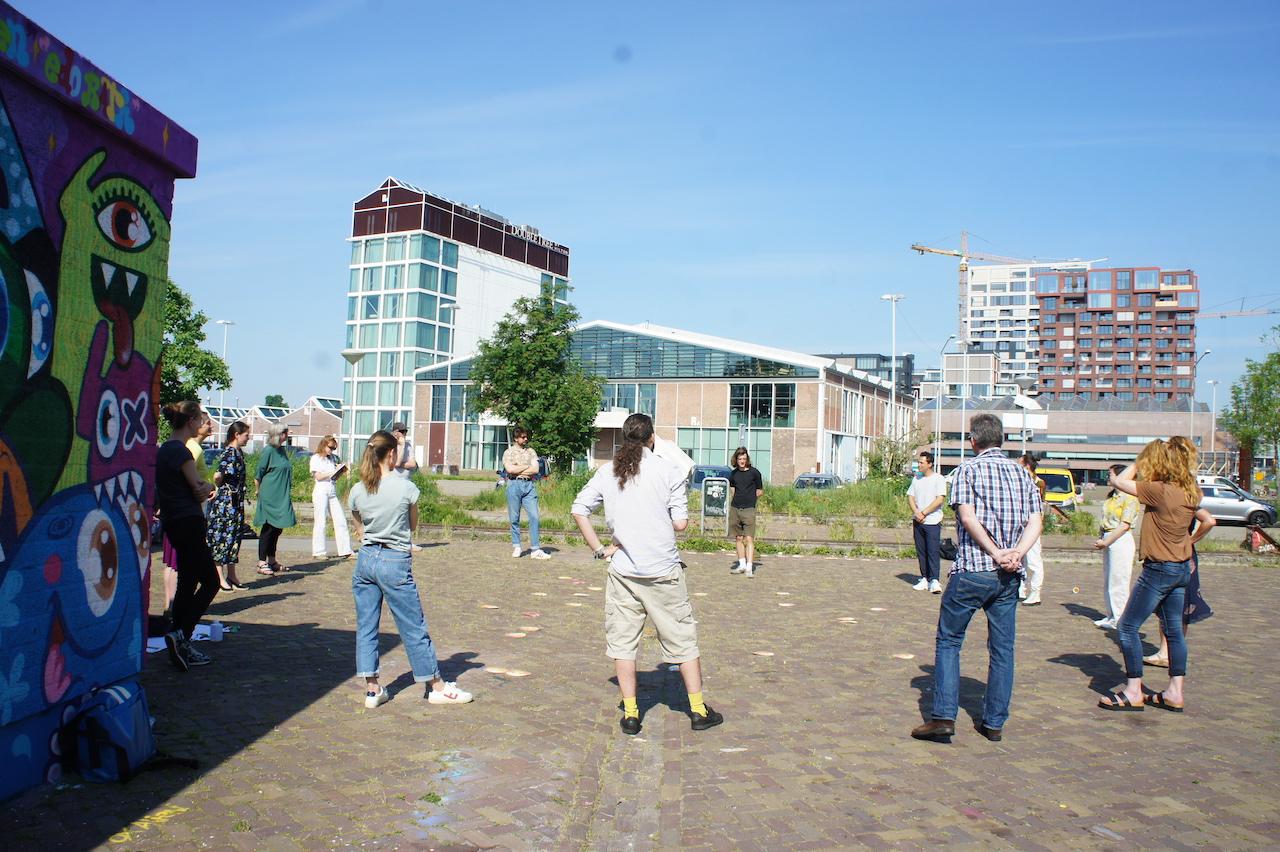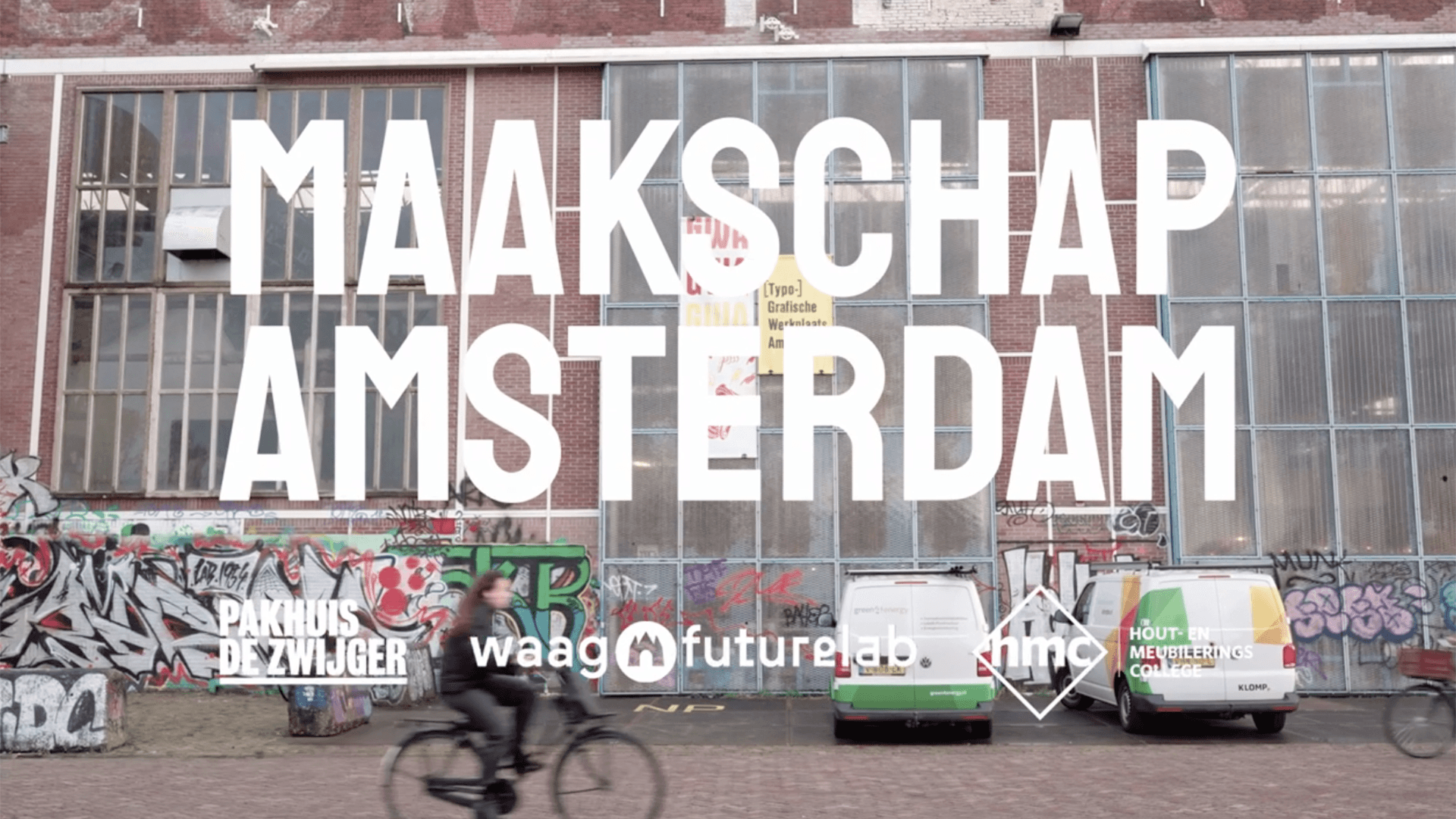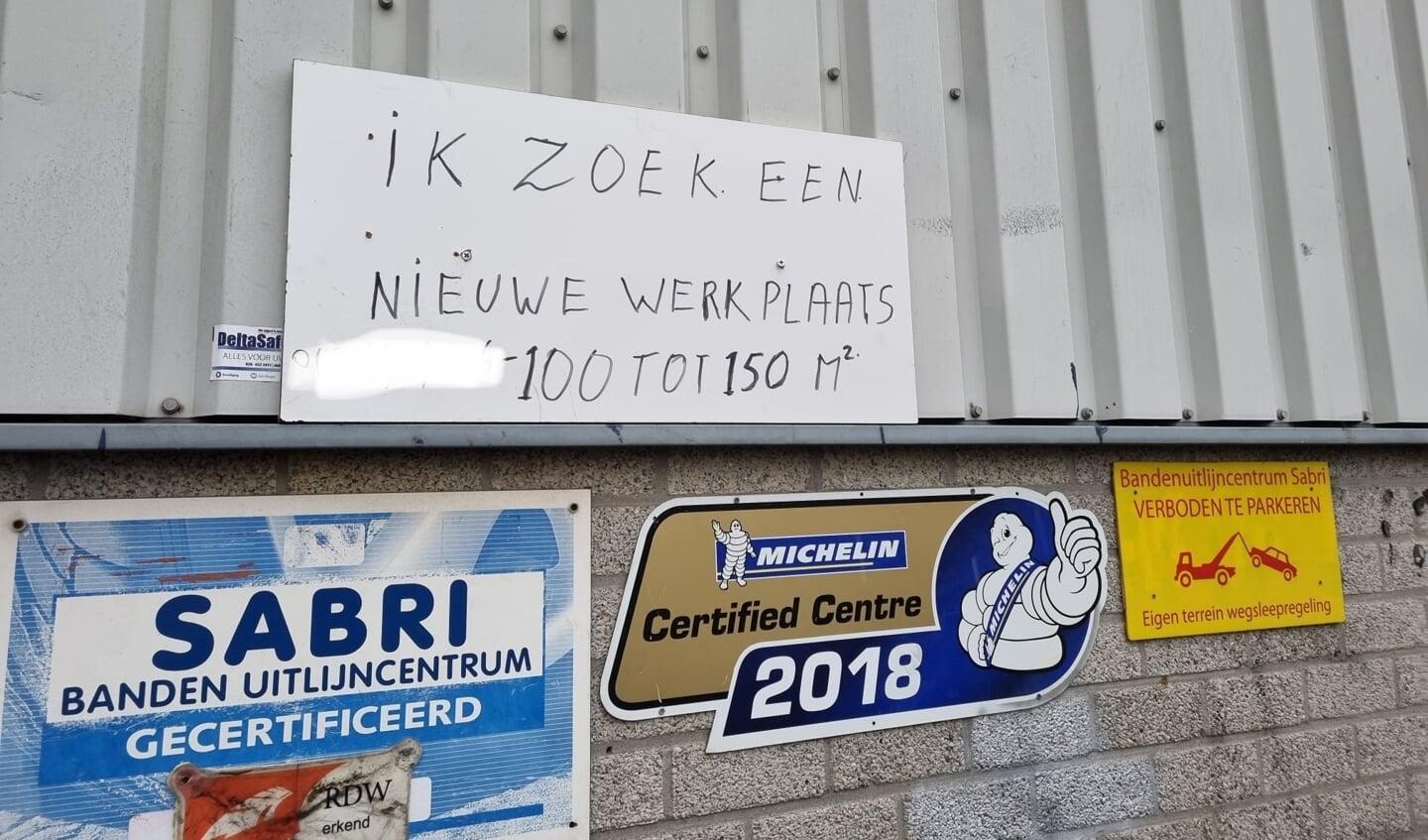The Amsterdam pilot for the Centrinno project has kicked off. The pilot explores the need for and nature of a so-called Fab City Hub in Amsterdam-Noord. Our idea at Waag of what a Fab City Hub can be, is informed by needs and wants of the current generation of makers and local communities, but also by the history of maker spaces throughout the last 40 years. The values of these maker spaces resonated with me as a contemporary extension of Virginia Woolf’s influential essay, ‘A Room of One’s Own.’
Open and hybrid spaces
In the Creative and Productive Hubs Journal, our Centrinno colleagues have traced the history and development of a wide range of creative and productive spaces throughout the last 40 years, in which various versions and interpretations of ‘hubs’ had been established across Europe, such as Fab Labs, third places and co-working spaces, creating physically and digitally networked ecosystems for maker culture.
These hubs are intended to be a space in which the physical, digital, and sociopolitical dynamics within maker cultures and fabrication sites intersect and merge together. They function as a research tool for identifying the complex and specific needs, accomplishments, and challenges within local communities. These spaces foster non-hierarchical co-creation and value collaboration, openness, community, and sustainability. It really helps me to contextualize a hub as the space that provides accessible infrastructures for creation and production — encompassing not only material or digital necessities, but also cultural, social networks and connections that inspire, motivate and democratise makership. The city is thus seen as a laboratory and a workshop.
A Room of One’s Own
In Virginia Woolf’s essay A Room of One’s Own, she argues for the importance for women to have metaphorical and physical ‘rooms’ as the necessity to facilitate free expressions, and in turns, shifts our attention onto material and economical needs as the pretext for sociopolitical progress. Years later, I still remember how this essay read like a revelation, urging me to reconsider the significance of the tiny, rented room I had.
To me, it is important to contextualise creative and productive hubs in light of A Room of One’s Own: hubs are the crucial spatial facets for maker cultures, ‘a room of contemporary makers’ — but more importantly, they reveal the complex ways in which our needs and priorities have evolved. The room is no longer a private space where I prepare myself to face the world, hubs demonstrate to us our desires to participate with public discourses and the value of cultural networks and social connections. While Woolf emphasises the importance of women’s individual access to spaces dominated by men, hubs instead, work actively to distribute access — of spaces, equipment, educations, opportunities, and so on — to satisfy the needs of all contemporary makers, whether they are professional or curious amateurs.
Maker spaces history in Amsterdam
Amsterdam’s history with creative and productive hubs can be traced to the opening of the first Fab Lab in Europe in 2007. Following the start of the Fab Lab, Waag continued working on fostering makership and maker education through our after-school program, Fab School. In 2016, Waag innovated on the maker space concept with Maakplaats 021. Partnering with Amsterdam Public Library (OBA), Pakhuis de Zwijger, and HvA, and supported by the Municipality of Amsterdam, the project team reframed the spaces in selected local libraries as sites for educating children on maker mindset, which encourages explorations of one’s own environment, critical thinking, and creative problem solving.
In these maker spaces, both tools and technologies that seem highly exclusive (such as 3D printers) and proper training of fabrication skills are offered in an open environment. Maakplaats 021 demonstrates to us that hubs are, as intended, constantly evolving: in Amsterdam, maker spaces emerged out of a material, tangible need and developed into concerns for accessibility of education and the reimagining of the creative and productive potentials of existing public spaces.
Maker spaces now
As the Centrinno project unfolds, creative and productive hubs in Amsterdam are taking on new roles again — most crucially, they will need to evolve to respond to the desire of preserving craftsmanship and generating environmental and economical sustainability. Now is the moment we must push for even more innovative maker spaces in our city, because their principles of hybridity and flexibility are also concepts that can be easily exploited by gentrification, rather than facilitating urban regeneration and public space. What we need now, desperately, is a room of our own to make a city of our own.


